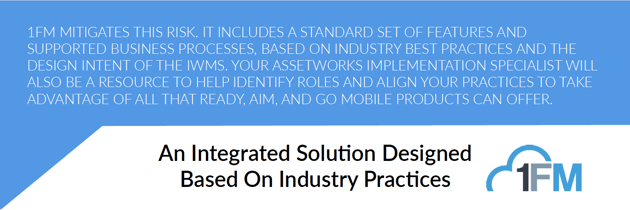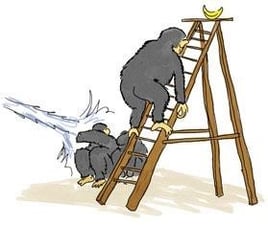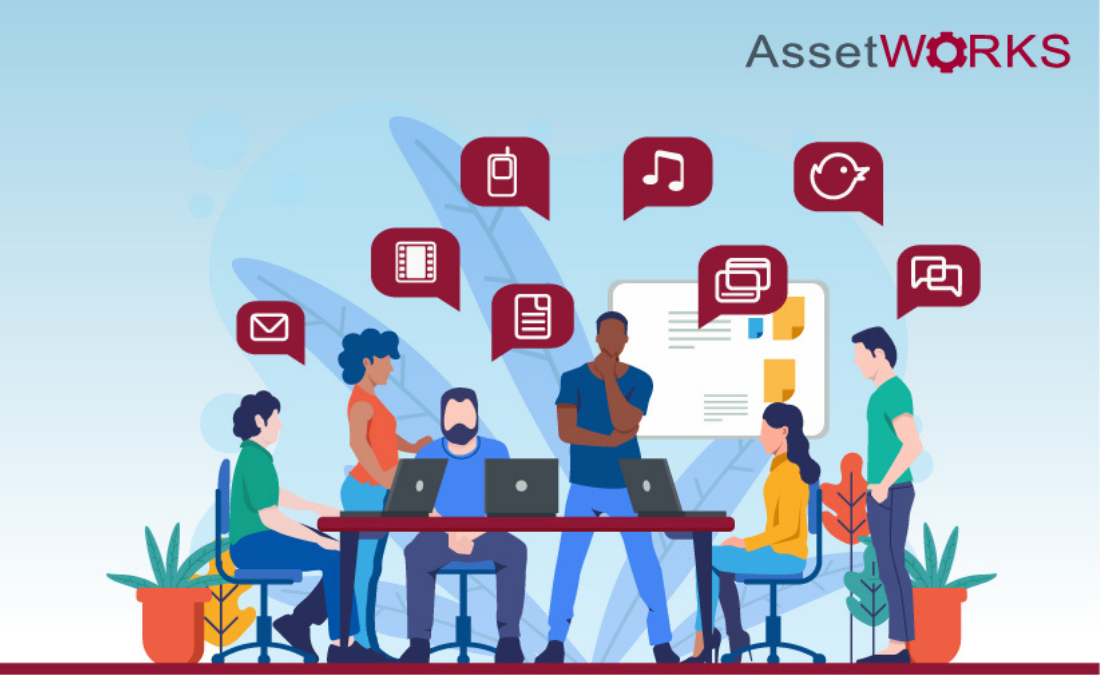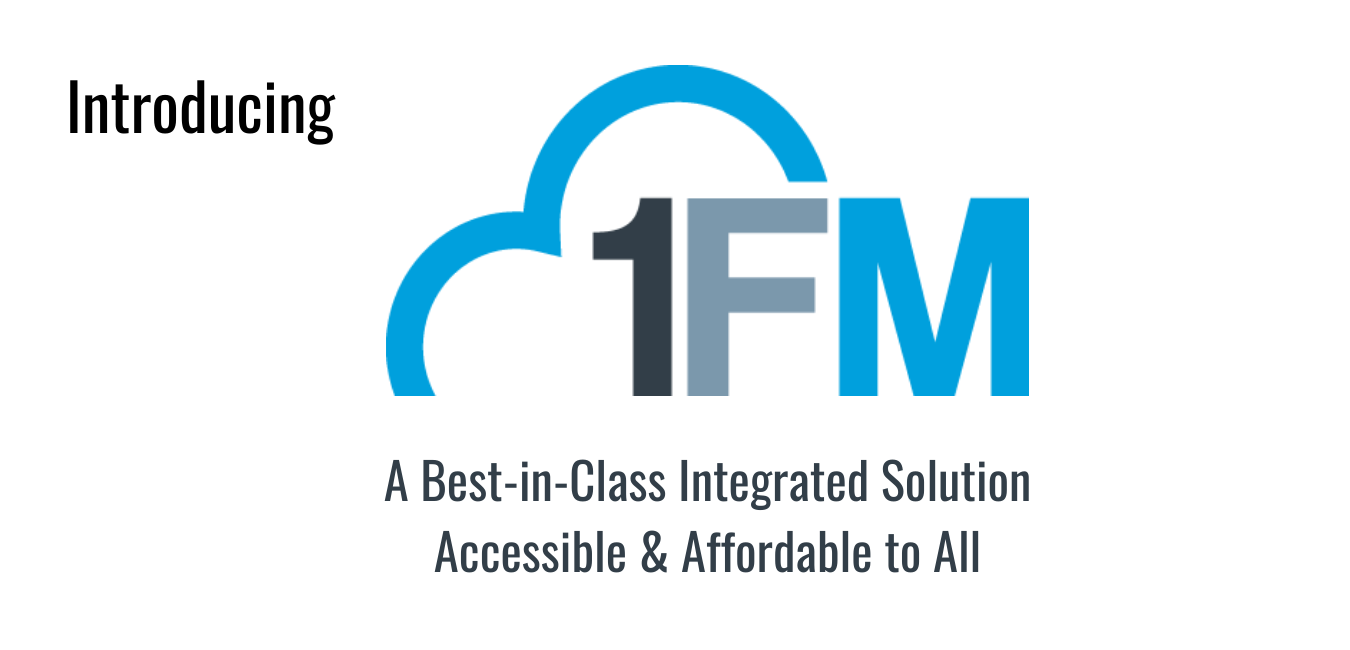Part 3: Featuring the APPA Award-Winning Team at Oklahoma State University
QUICK SUMMARY
In Part 2 of the story, we discussed how an IWMS is essentially a blank slate that will be implemented by several contributors with varying objectives, levels of expertise, and priorities. That being said, proper planning requires so much more than just a project plan. We need someone who can connect the dots and create that bridge between planning and execution that will greatly reduce the risk of a failed implementation.
Let's see how Jenelle and her OSU Facilities Team executed on their plan to keep the project on time and on budget.
EXECUTION
Where the rubber meets the road…
7. Avoid Recreating the Past
During implementation, an organization can fall into the old way of doing things. When it does, culture is usually to blame. If left unchecked, old mindsets will undermine our best intentions.

In 2011, before NEXT LEVEL, Oklahoma State implemented an IWMS as part of a broader energy project. Facilities Management had been using an older DOS-based system to support operations and maintenance.
Feddersen: (Before NEXT LEVEL) "Managers wanted all of their reports to look just like they always had. So, to get any movement, we had to set it up closer to what they had. They also wanted it to function in the same way, so we still were not allowed to use handheld devices. They wanted to print everything on paper…we were manually printing sheets of paper (work orders) …and then manually getting those back and entering data. There was not a direct entry or a direct connection between the employees that were using the system and the information being recorded. Our organization took this high-powered system, and we basically made it function like the DOS-based system. Then came the questions: ‘Why is there no difference? Why is there no improvement in the information we're getting?’ Well, because we're still putting the same information in."

Wheless: "This is a common challenge I see over and over at many prestigious institutions. In your own organization, this may sound unlikely or easy to avoid, but it's not. We're up against human nature. If left unchallenged, most people will avoid challenging assumptions, and it can be devastating to an enterprise software implementation.
When given the opportunity to address facilities stakeholders, I typically start by playing this short video on the social experiment/urban legend about Five Monkeys and a Ladder. It's a powerful metaphor. In our context, the banana is the result we're looking to achieve with our IWMS, and the ladder is the implementation process. As an organization, we need to change our mindset fundamentally and embrace change to be successful. I would strongly recommend that every organization make an on-going effort to address change management as part of an IWMS implementation. Look back at Jenelle's comment for a moment. How many times can you ask WHY? In my experience, while there may be a legitimate business case for some legacy requirements, more often, the answer to WHY is, ‘That's how we've always done it. And …it's the wrong answer.’
8. Mitigate Excuses with an Employee Training & Readiness Self-Assessment
We've all heard it. “I wasn't trained; nobody told me I had to do that; the screen is too small; I don’t get it. ”Maybe these things are true, or maybe our employees are resisting change. Whatever the case, best to nip this in the bud. Marla Boles, OSU Manager of Administrator Operations, developed an employee acknowledgment form to address this challenge.

Wheless: “Since the OSU NEXT LEVEL implementation, I’ve recommended this form to dozens of clients. Shop/team workers fill it out after mobile application training. It allows an organization to provide additional training to those who need it. It will also mitigate the ‘I was never trained…’excuse for adoption issues once you go-live”.
Feddersen: “Using this method, we found that group training works for overviews, but where we have seen continued success is quick 5-10-minute individual sessions covering topics an employee is encountering difficulty mastering.”

Next week in our final part 4 of this series, we'll learn what Jenelle and the OSU Facilities Team IWMS implementation resulted in, and where they are today.


